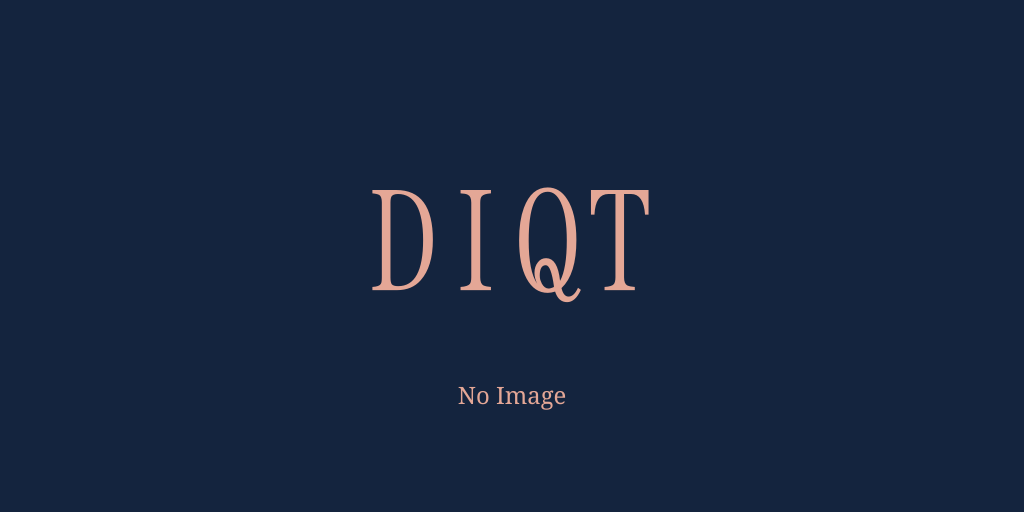検索結果- 日本語 - 英語
検索内容:
五十音図
(phonology, orthography, grammar) the 5x10 table used for arranging all the 47 kana used for the 五十音 (literally “fifty sounds”), whose 列 (“columns”) are arranged by the vowels (/a/, /i/, /ɯ/, /e/, /o/) and 行 (“rows”) are arranged by the consonants (Ø, /k/, /s/, /t/, /n/, /h/, /m/, /j/, /ɾ/, /w/; voiced obstruents and /p/ are customarily not included because they were rarely distinguished in writing); columns are ranked by 段 (“grade”), with the vowel /a/ being the highest grade and the vowel /o/ being the lowest; the missing cells of the や行 (“ya-row”) and わ行 (“wa-row”) are filled with い/イ (i), え/エ (e) and う/ウ (u) taken from the あ行 (“a-row”), in order to represent classical grammatical inflection with modern text (or alternatively, artificially filled with rare kana such as 𛀆/𛄠 (yi), 𛀁/𛄡 (ye) and 𛄟/𛄢 (wu))





